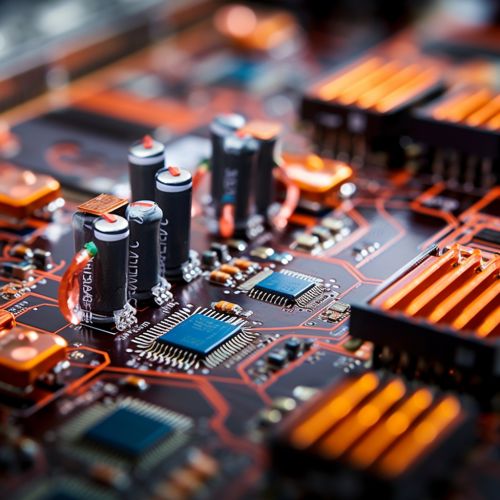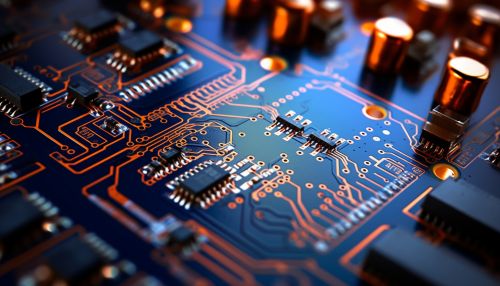Thermal Management in Electronics
Introduction
Thermal management in electronics is a critical aspect of electronic device design and operation. It involves the use of various techniques and technologies to control the temperature of electronic systems and ensure their optimal performance and reliability. The field encompasses a broad range of disciplines, including materials science, mechanical engineering, and thermodynamics learn more.
Importance of Thermal Management in Electronics
The importance of thermal management in electronics cannot be overstated. As electronic devices become smaller and more powerful, they generate more heat. If this heat is not properly managed, it can lead to a variety of problems, including reduced performance, shortened lifespan, and even catastrophic failure. Therefore, effective thermal management is essential for maintaining the performance and reliability of electronic devices.
Heat Generation in Electronic Devices
Heat in electronic devices is primarily generated by the movement of electrons through the device's components. This is known as Joule heating learn more. Other sources of heat include leakage currents and power dissipation in transistors learn more. The amount of heat generated by a device is directly proportional to its power consumption.


Techniques for Thermal Management in Electronics
There are several techniques used for thermal management in electronics. These include:
- Heat Sinks: Heat sinks are devices that absorb and dissipate heat from electronic components. They are typically made of materials with high thermal conductivity, such as aluminum or copper learn more.
- Thermal Interface Materials (TIMs): TIMs are materials used to improve the thermal contact between heat sources and heat sinks. They can be in the form of thermal greases, pads, tapes, or adhesives learn more.
- Cooling Fans: Cooling fans are used to increase the airflow around electronic components, thereby enhancing heat dissipation learn more.
- Liquid Cooling Systems: Liquid cooling systems use a liquid coolant to absorb and transport heat away from electronic components. They are typically used in high-performance computing and gaming systems learn more.
- Thermoelectric Coolers: Thermoelectric coolers use the Peltier effect to create a heat flux between the junctions of two different types of materials learn more.
Challenges in Thermal Management in Electronics
Despite the various techniques available for thermal management in electronics, there are several challenges that need to be addressed. These include:
- Miniaturization: As electronic devices become smaller, the heat generated per unit volume increases, making thermal management more difficult.
- Increased Power Density: The trend towards higher power densities in electronic devices leads to increased heat generation, which can be challenging to manage.
- Material Limitations: The thermal conductivity of materials used in electronic devices can limit the effectiveness of thermal management techniques.
- Environmental Impact: The use of certain materials and coolants in thermal management can have a negative impact on the environment.
Future Trends in Thermal Management in Electronics
The field of thermal management in electronics is continually evolving to meet the challenges posed by the increasing power and miniaturization of electronic devices. Some of the future trends in this field include:
- Nanotechnology: The use of nanomaterials with superior thermal properties can enhance heat dissipation in electronic devices learn more.
- Phase Change Materials: Phase change materials can absorb and release large amounts of heat during phase transitions, making them promising for thermal management learn more.
- Advanced Cooling Techniques: Advanced cooling techniques, such as immersion cooling and jet impingement cooling, are being explored for high-performance electronic systems learn more.
